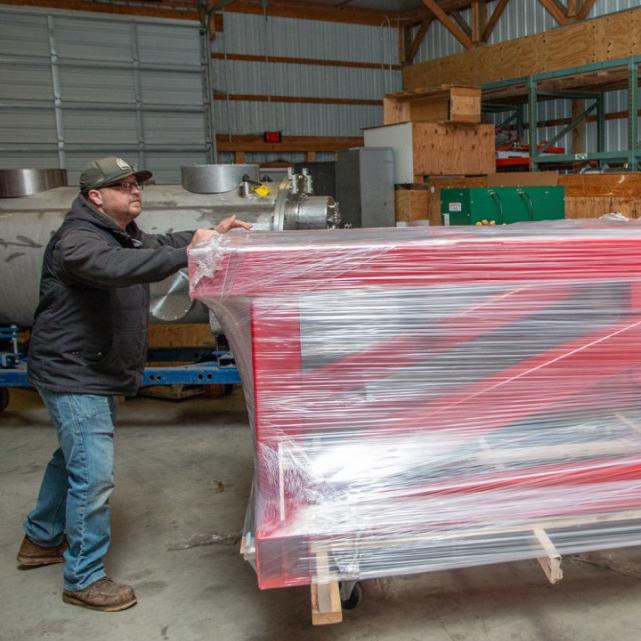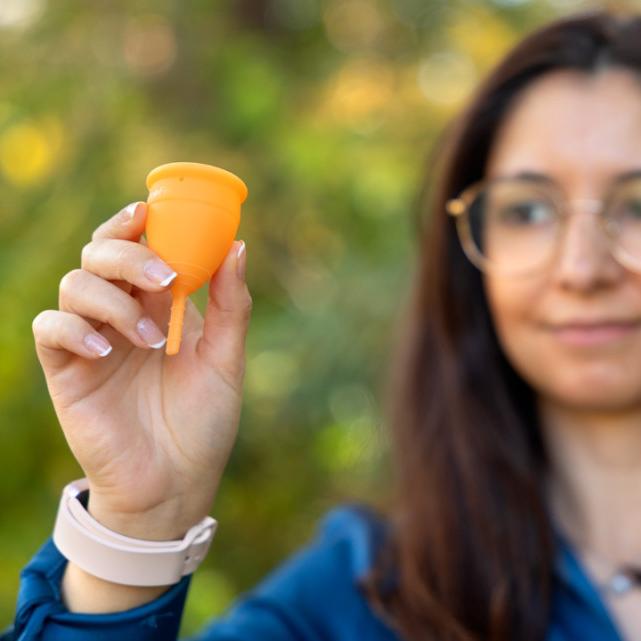
 Department Homepage
Department Homepage
Milky Way neutron star pair illuminates cosmic cataclysms
A pair of binary neutron stars is giving researchers a front-row seat at what they believe will be the stars’ eventual cataclysmic merger.




